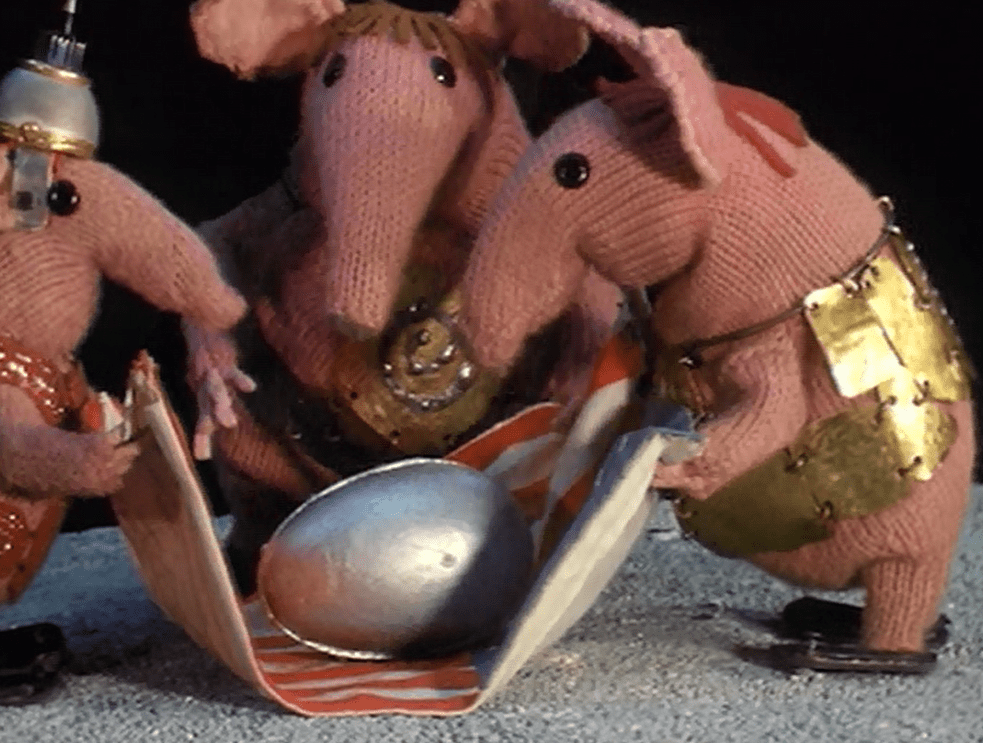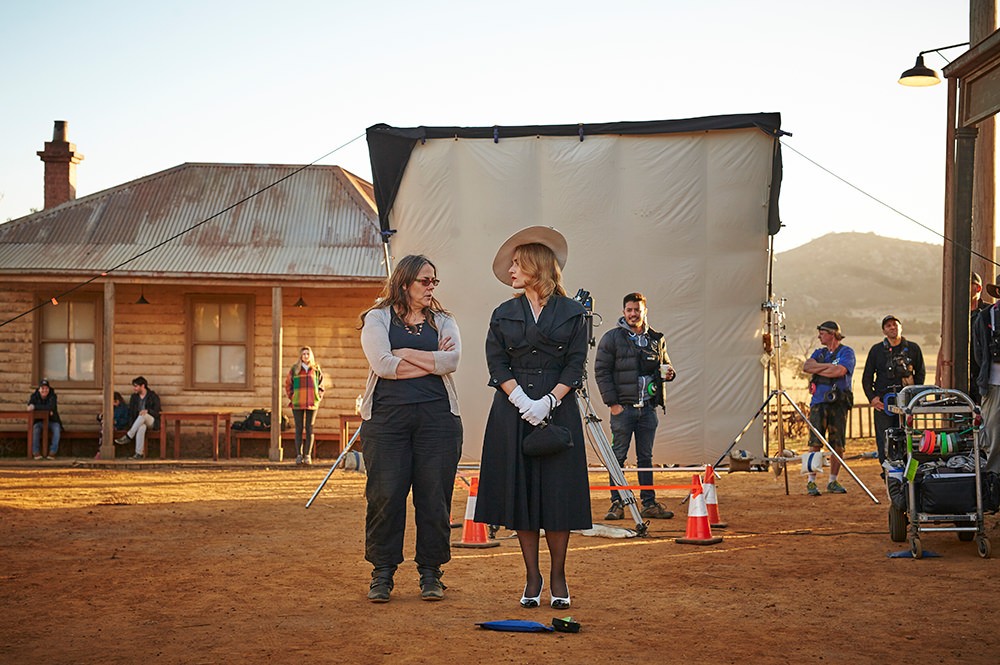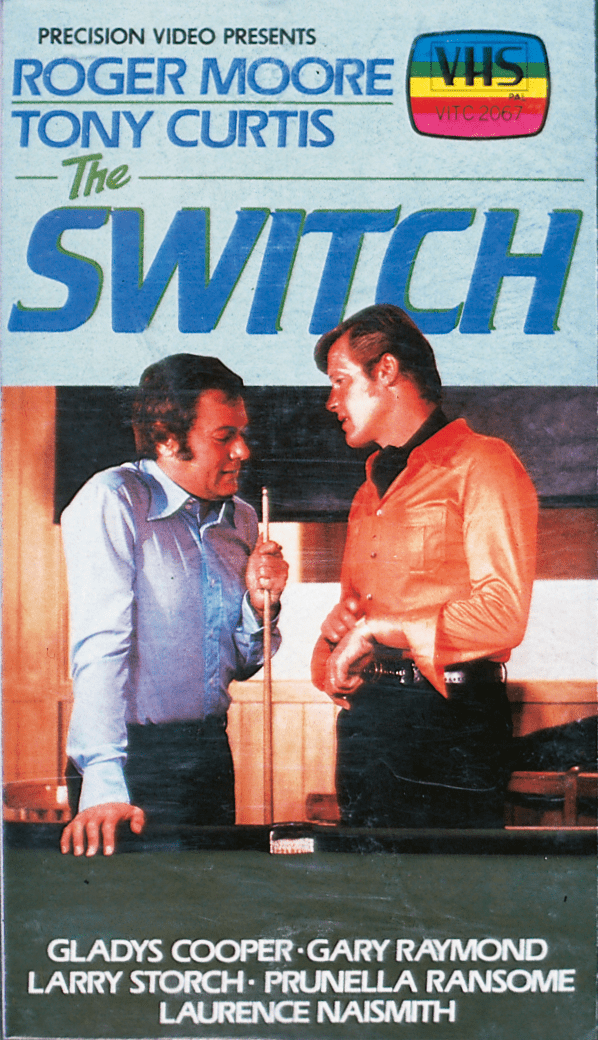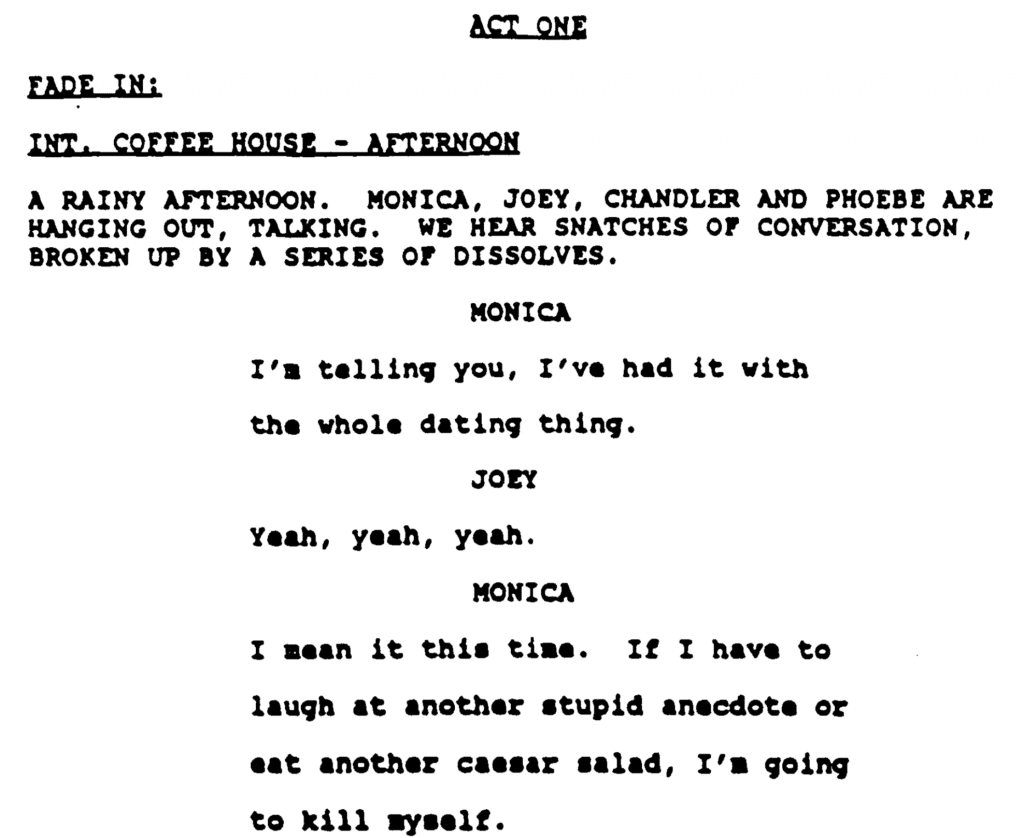I am collecting chapter proposals that broadly address, The Platinum Age of American Television, 2000 – 2010 . This volume is intended for inclusion in Brill’s European Perspectives on the United States series. This is not a blind (or random submission). Brill has expressed enthusiasm for this volume.

I watch old sitcoms when I can no longer watch the news or news round ups, or even talk shows; when I feel so hopeless and helpless I just need to try and relax enough to be able to sleep and finish up today before the next one starts again.

The attentive amongst you (we know who you are) will realise that I lie to people. For money. Now, I’m not backstriking that as it is essentially true. I work as an actor and performer. I pretend for a living. I lie and you are all willing accomplices in the deceit and artifice that I create.

One of the problems of working with Andrew Pixley – and there are several – is that he thinks that we (the editors) can make website software do stuff that we really can’t because that’s not how it’s meant to work.

It’s marking madness right now, chaps. Staff usually have fifteen working days from assessment submission dates to get grades and feedback up on the Virtual Learning Environment, but as a result of the current situation students have had their late window trebled to twenty-one consecutive days.

Alphaville: Journal of Film and Screen Media http://www.alphavillejournal.com** ** ** CFP: Issue 24: Fostering Diversity on and off Screen An Australian Screen Production, Education &

Historical fiction film and television productions present a life that today’s viewers cannot experience, offering a unique escape.

Thinking the other week about binge watching – which, you may recall, I and my friends actually invented a few decades back – I have to admit that there were certain instances where it wasn’t actually our obsessional thirst for monsters and spaceships which turned us into televisual gluttons, consuming more than our body weight in Sapphire & Steel (1979-1982) episodes at a single sitting.

(with apologies to Zodiac Mindwarp and The Love Reaction)[1] Regular readers (hello Mum!) of my utterances on this site may be wondering what I have against TBN[2]. Well, not much in all honesty. I mean, it’s sporadic at best.

UPDATED Deadline for submission of abstracts: July 31, 2020 A decade ago, Beth Coleman and Wendy Hui Kyong Chun introduced the concept of race and/as technology.* Turning to Heidegger’s notion of techne as prosthesis or skill, Coleman and Chun imagine race itself as a technology that can be leveraged, a tool for navigating systems of power.

The Journal of Screenwriting is calling for articles for a special issue on emerging screenwriting styles, modes, and languages, to be published in November 2022.